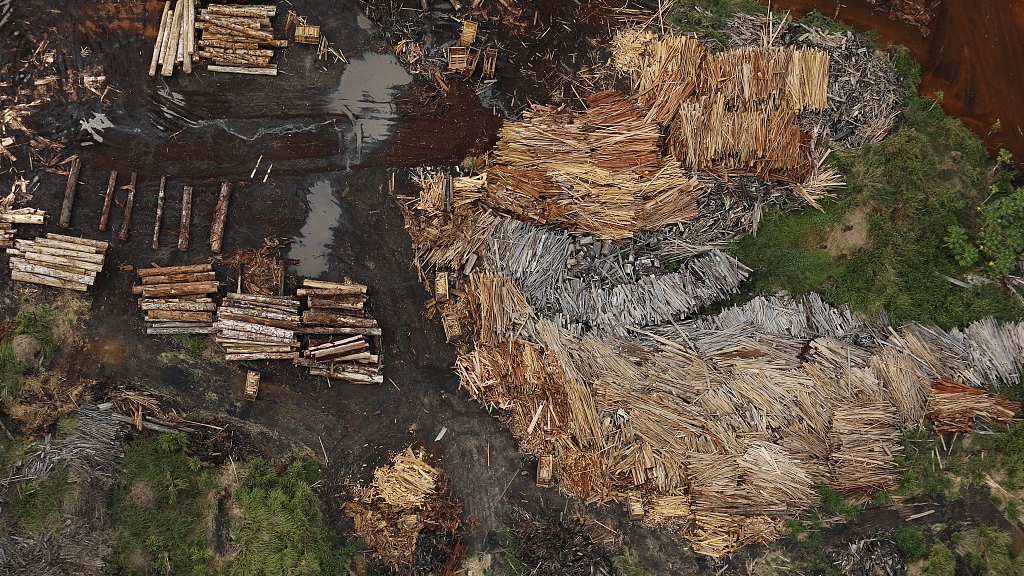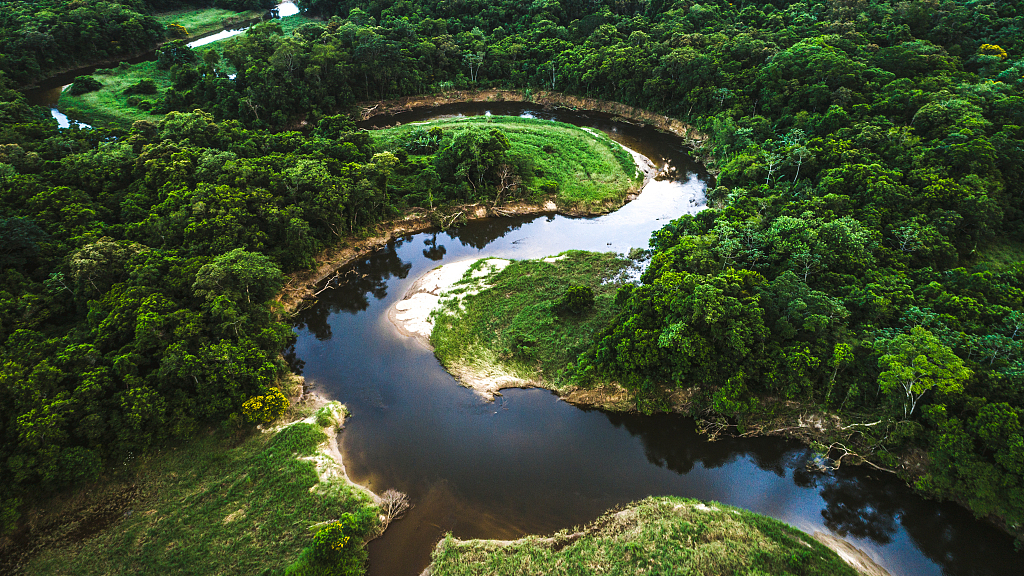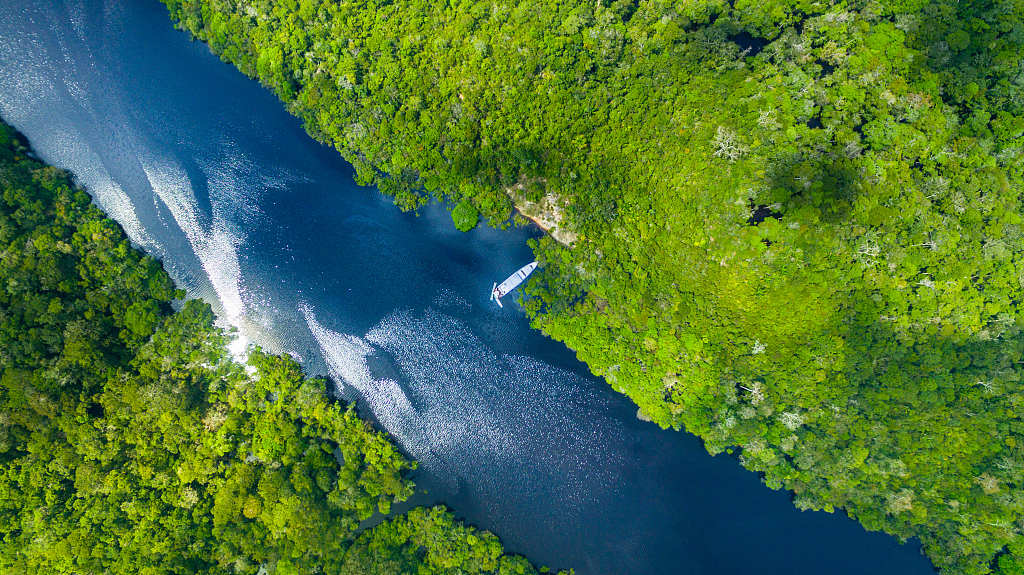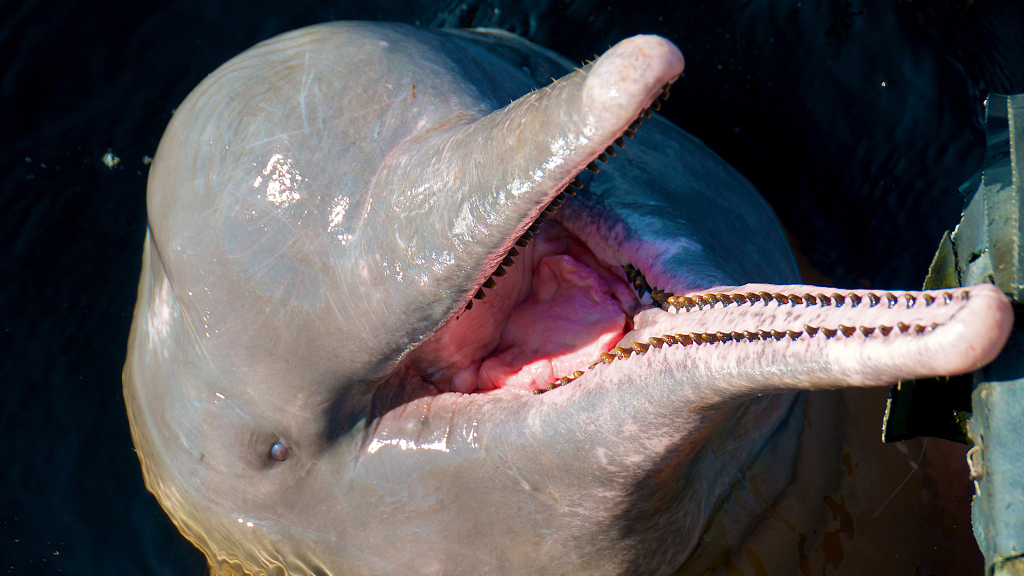
The Amazon is still burning.

The Amazon wildfire has been international headline for weeks. /VCG Photo
According to the latest data released by the Brazilian National Institute for Space Research (INPE), at least 75,336 wildfires were detected in the country from January to August 23 of this year, with more than 40,000 within the Amazon rainforest. More than a thousand new blazes have flared up in the last few days. The full devastation of the fires cannot be confirmed until they are completely extinguished.

Sawmills that process illegally logged trees from the Amazon rainforest are seen near Rio Pardo, in the district of Porto Velho, Rondonia State, Brazil. /VCG Photo
Yet the fires are not the only culprit destroying the forest. According to National Geographic, due to increasing deforestation, the Amazon has already lost around 17 percent over the past 50 years. If deforestation continues at current rates, more than half of the Amazon forest will be gone by the year 2030. After that, it wouldn't take long for it to completely disappear.

A lone remaining Amazon rainforest tree stands in a deforested section of Amazon rainforest. /VCG Photo
What if the Amazon is gone?
We would lose the "lungs of the planet."
The Amazon rain forest is called "the lungs of the Earth," because it functions as a "respiratory system" for the planet. The forest produces 20 percent oxygen in the atmosphere, as trees release oxygen and store carbon dioxide. If the "lungs" stopped working, there would be more greenhouse gases leading to higher temperatures.

The lush and green forest acts as the Earth's lungs. /VCG Photo
The climate will be more unstable.
The Amazon vegetation helps to regulate the climate through evapotranspiration. If the rainforest disappeared, the surrounding region would suffer from irregular precipitation. Both drought and floods would happen more frequently: In some regions, the rainfall would be reduced; but when they arrive, they will bring massive flooding.

Without the rainforest, the Amazon River may not be so tranquil anymore. /VCG Photo
Millions of species will be homeless.
Based on figures from the World Wide Fund (WWF), one in 10 known species lives in the Amazon rainforest. The region is home to about 2.5 million insect species, and at least 40,000 plant species, 2,200 fishes, 1,294 birds, 427 mammals, 428 amphibians, and 378 reptiles. If the forest were completely destroyed, many amazing creatures – including but not limited to jaguars, macaws, sloths, black spider monkeys, poison dart frogs, Amazon river dolphins – would lose their safe haven.

One of Amazon's symbolic species, the "smiling angel" Amazon river dolphin. /VCG Photo
(Cover image via VCG)
(If you want to contribute and have specific expertise, please contact us at nature@cgtn.com.)

Copyright © 2018 CGTN. Beijing ICP prepared NO.16065310-3
Copyright © 2018 CGTN. Beijing ICP prepared NO.16065310-3